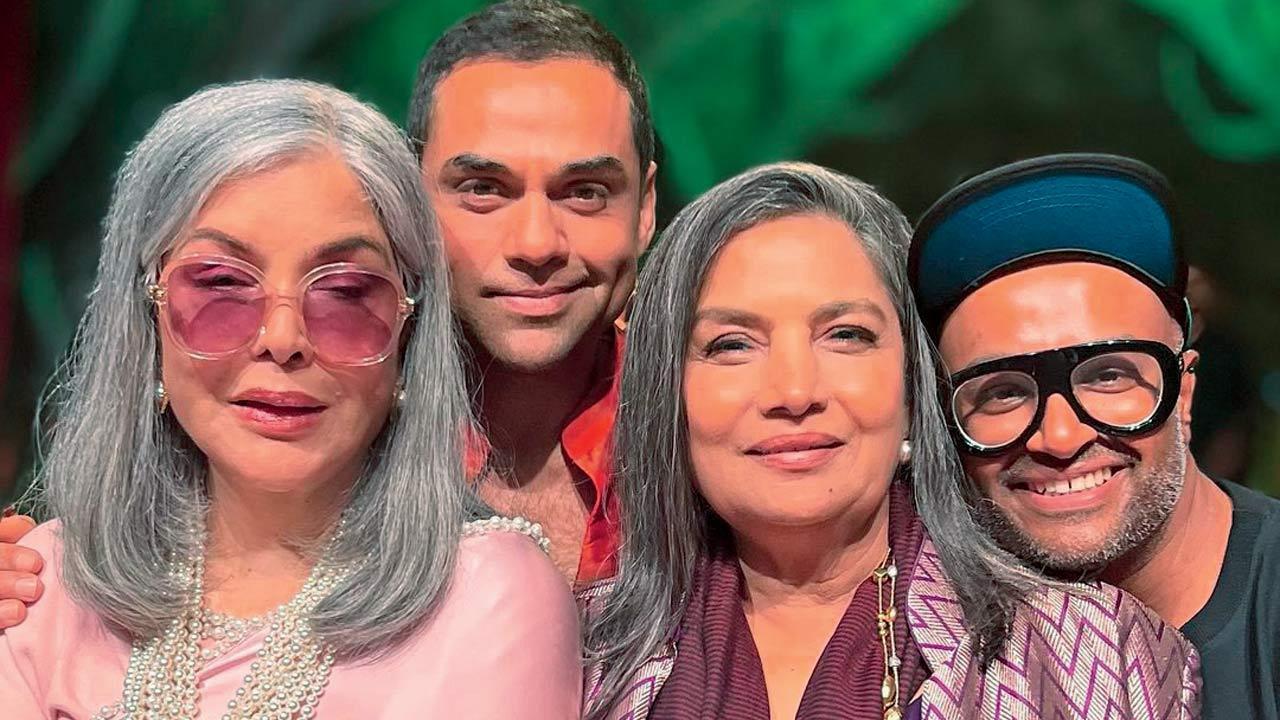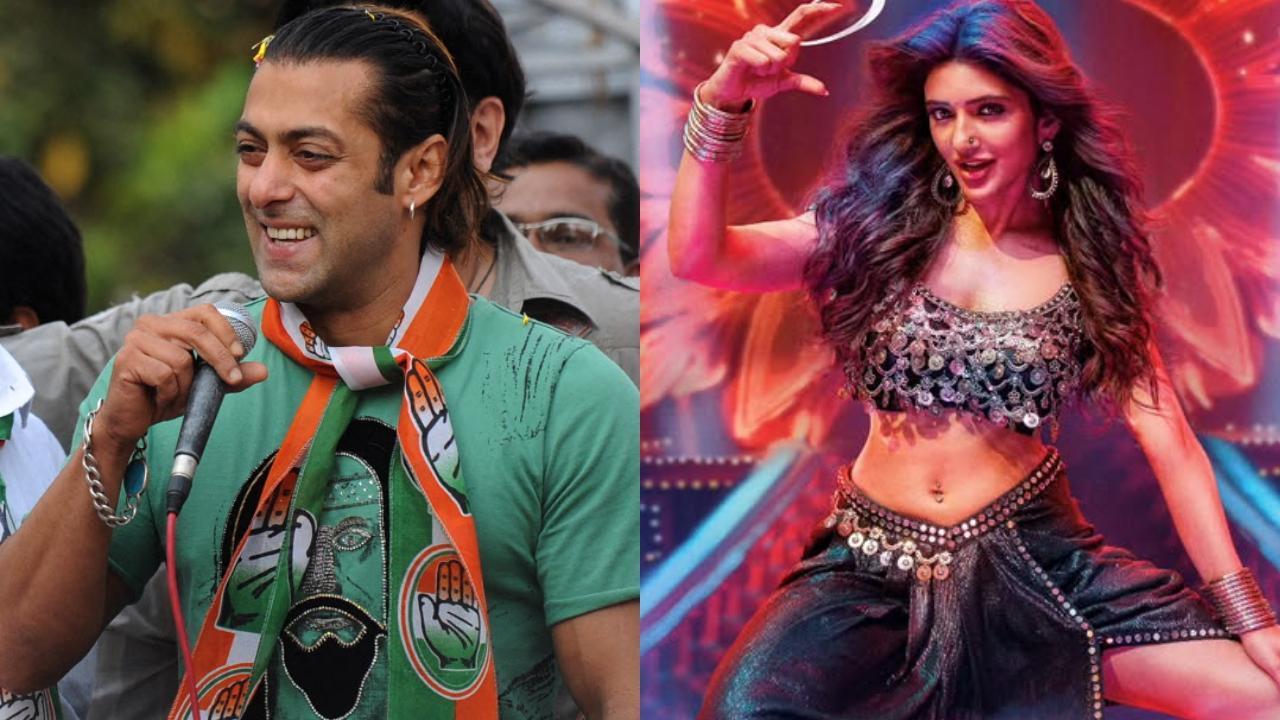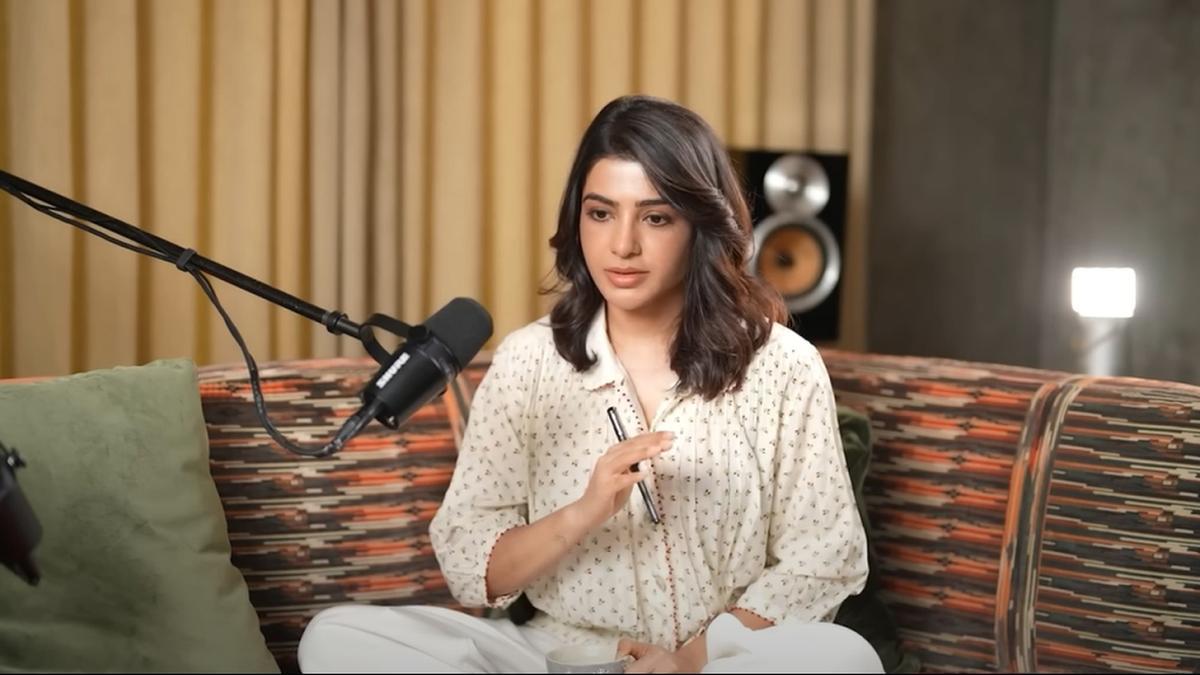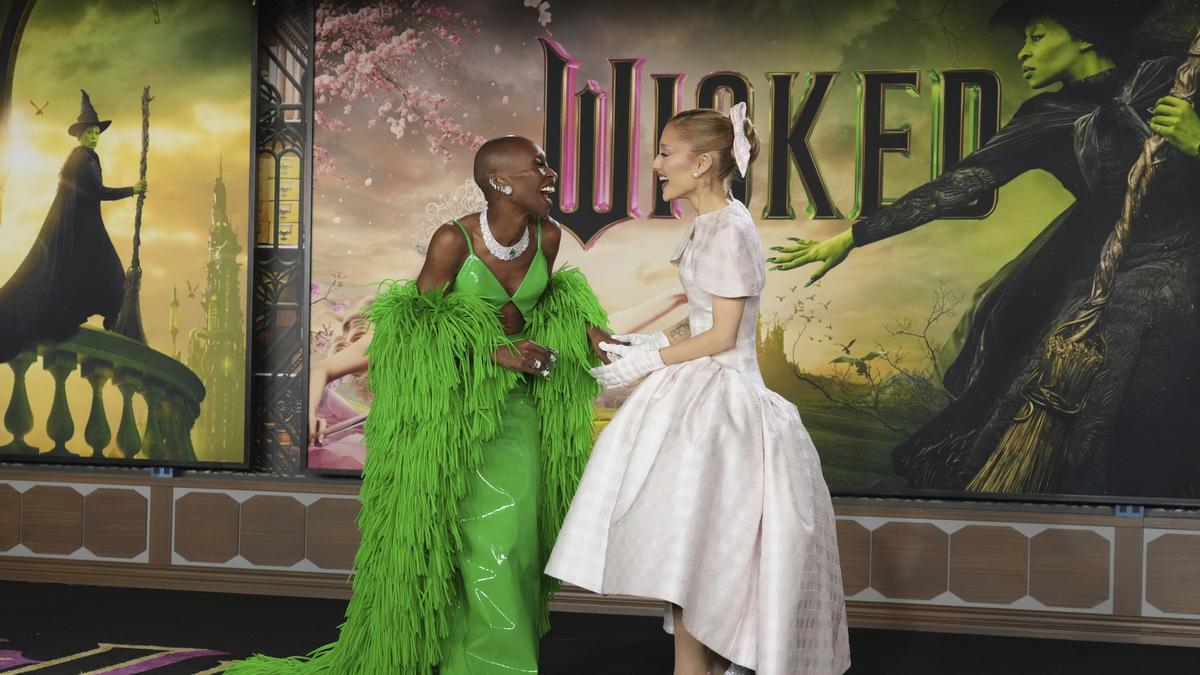
“Strange Darling,” helmed by writer-director JT Mollner, embarks on a nightmarish journey that fuses the psychosexual complexities of Alfred Hitchcock with the hallucinatory visuals reminiscent of David Lynch. Firmly rooted in the traditions of grindhouse horror, the film stands apart from your typical slasher flick. Mollner constructs a fragmented narrative brimming with bloodlust and deception, upending conventional genre expectations at every turn.
The film propels audiences into a high-stakes chase through a windswept mid-western field right from the start. Willa Fitzgerald, portraying the enigmatic “Lady,” flees in slow-motion, her crimson-stained physique drenched in the melancholic strains of Nazareth’s ‘Love Hurts.’ The film’s unsettling dreamscapes evoke the essence of classics like “Texas Chainsaw Massacre,” while simultaneously paying homage to modern horror gems like “Mandy.” By immediately thrusting viewers into Chapter 3 of a six-part nonlinear story, Mollner dismisses the importance of chronology, maintaining tension through the film’s fractured structure.
From the first frame, “Strange Darling” vibrates with psychological unease. The central dynamic between the Lady and her tormentor, “The Demon” (Kyle Gallner), keeps viewers on the edge, oscillating between harrowing terror and fleeting moments of reprieve. The Lady initially presents as a classic victim running for survival, but Mollner refuses to settle for such binary roles. Fitzgerald and Gallner deliver commanding performances, each challenging and shifting the audience’s sympathies. Fitzgerald seamlessly blends vulnerability with latent fierceness, while Gallner’s character combines rustic charm with a menacing undercurrent.
Much of the film’s tension is accentuated through its evocative visual and auditory design. Shot entirely on 35mm film by actor-turned-cinematographer Giovanni Ribisi, the grainy texture lends an eerie retro quality. Wide landscape shots and intimate close-ups hold equal measures of threat, as colors—particularly reds—take on symbolic significance, hinting at themes of passion and violence. However, the sound design falters, marring crucial early dialogues with an imbalance that leaves viewers straining for clarity.
. This technical hiccup seems less an artistic choice and more an oversight.
A highlight of the film is how it constantly subverts and manipulates viewer expectations about genre and gender. Mollner is astutely aware of the audience’s predisposed biases regarding gender roles in horror and crime genres, leveraging these to confound and surprise. The narrative teases with questions that seem straightforward, only to undercut conclusions just as audiences settle into their assumptions. Yet, as the plot grows increasingly convoluted with red herrings and diversions, the initial thrill of its central twist starts to wane. The storytelling’s reliance on a single, disorienting twist means the plot occasionally stumbles once the full revelation is laid bare.
Moreover, Mollner’s penchant for shock value flirts uncomfortably close to the gratuitous. The Lady endures significant physical and mental torment throughout the film, and while this may be characteristic of the genre, the relentless brutality sometimes feels more like indulgence than commentary. An especially contentious subplot involves a female police officer in a scene that dangerously veers toward misogynistic humor.
Despite its rough edges, “Strange Darling” is undeniably stylish and brimming with bold aesthetic choices. With lush lighting, serpentine editing, and a confident directorial vision, the film succeeds in cultivating an inescapable mood of dread and seduction. This almost poetic malevolence lingers long after the final scenes fade to black.
In summary, “Strange Darling” emerges as one of the year’s most daring cinematic ventures. Although it may falter under the weight of its ambition and self-indulgent tendencies, it stands out in a sea of formulaic horror films. Its audacious approach ensures it leaves an indelible mark, compelling viewers to grapple with its haunting imagery and themes long after the credits roll.
“Strange Darling” is currently showing in theaters, inviting audiences to immerse themselves in its subversive and unsettling world.
Published – September 08, 2024, 04:21 pm IST
English cinema / World cinema / Reviews










